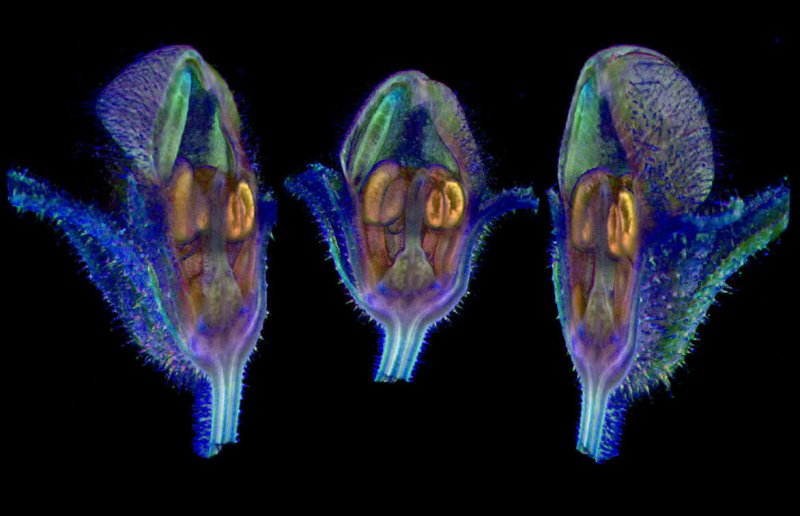Advances in imaging technology — allowing researchers to peer inside plant structures in 3D — mean that biologists are seeking expertise in plant physiology and morphology again. And improvements in gene editing and sequencing have liberated geneticists to tinker with DNA in a wider range of flora, giving them a renewed appetite to understand plant diversity.
Plant biologists hope that, by combining new approaches to botany with data from genomics and imaging labs, they can provide better answers to questions that biologists have asked for more than 100 years: how genes and the environment shape the rich diversity of plants’ physical forms.
…
Improved molecular tools have now made it possible to tweak DNA in plants that were previously too difficult to work with. The genome-editing tool CRISPR–Cas9 has enabled researchers to tinker with particular genes in a wide range of plants. Researchers have used it to turn purple morning glories white, for instance, and to alter genes that are involved in building cell walls in orchids.
The lost art of looking at plants is making a resurgence as biologists seek expertise in plant morphology: https://t.co/RB0w7xjuQr pic.twitter.com/p8PZlQ8NvC
— Nature News & Comment (@NatureNews) January 23, 2018
Read full, original post: The lost art of looking at plants































